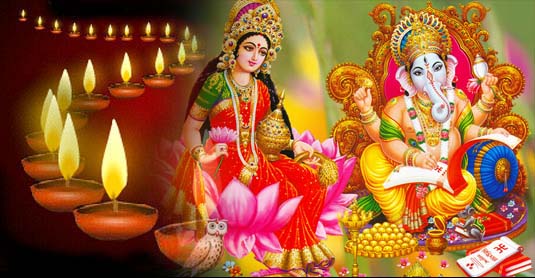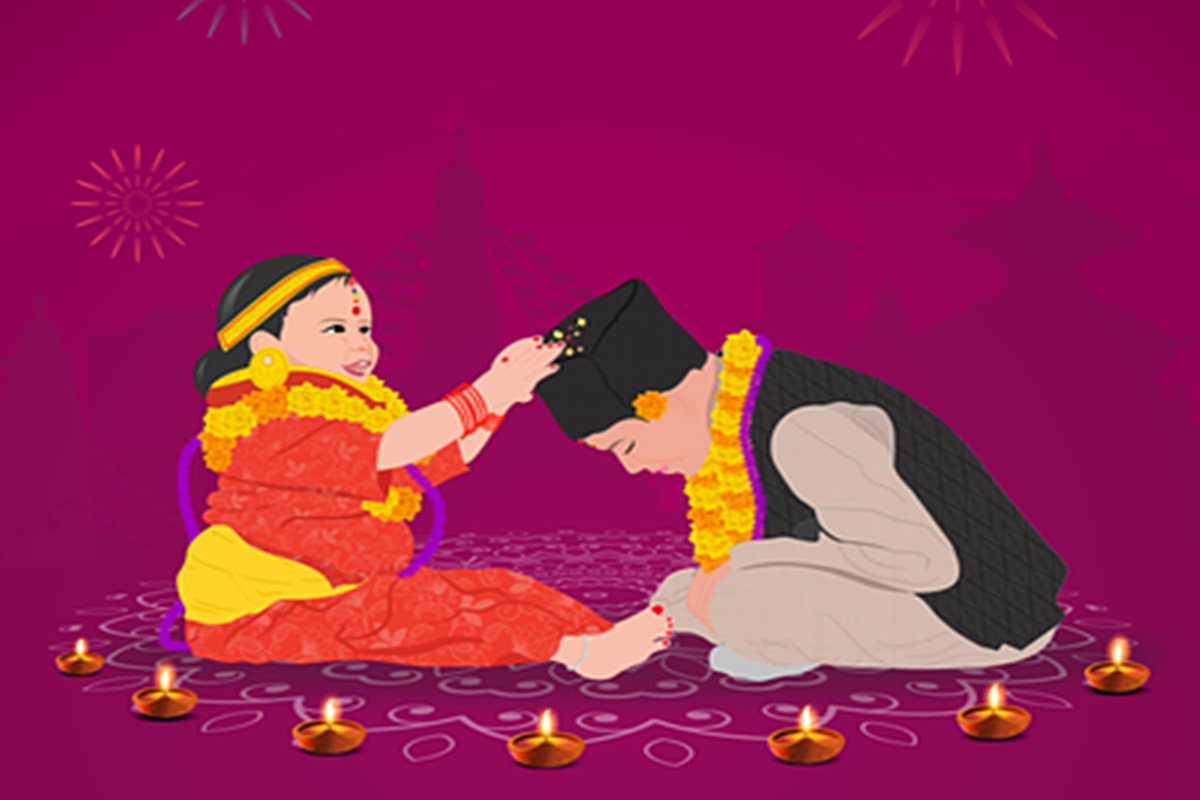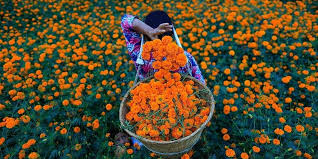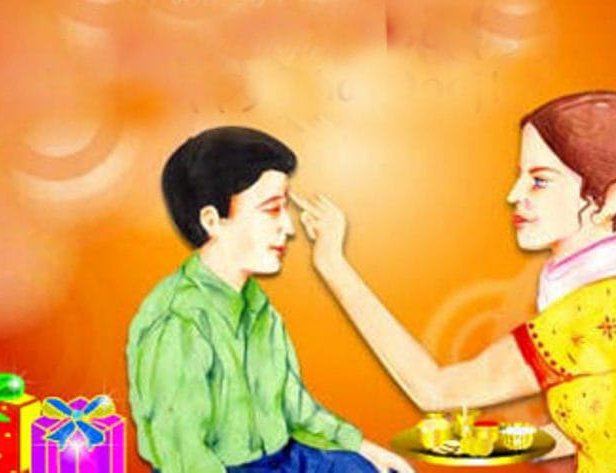
Let’s dive into “Tihar Bhaitika in Nepal A Celebration of Lights and Brotherhood” Tihar (Bhaitika) is among the most colorful and widely observed festivals in Nepal. Often referred to as the festival of lights, Tihar is a five-day Hindu celebration that is deeply meaningful for the Nepali people. It is frequently likened to Diwali due to its common customs of illuminating lamps, honoring deities, and commemorating sibling relationships. Of the five days, the last day known as Bhaitika is the most treasured, as it is dedicated to the special bond shared between brothers and sisters In this post, we will delve into the importance, ceremonies, customs, and cultural relevance of Tihar (Bhaitika) in Nepal, providing a valuable perspective for those curious about Nepalese heritage.
Tihar Bhaitika in Nepal A Celebration of Lights and Brotherhood

The Five Days of Tihar, Tihar “Bhaitika” in Nepal: A Celebration of Lights and Brotherhood
Tihar is observed over a span of five days, with each day holding its own unique importance and customs. Let’s explore the traditions practiced on each day of Tihar (Bhaitika) in Nepal
Day 1: Kaag Tihar (Honoring Crows)
The initial day of Tihar is referred to as Kaag Tihar, during which crows are honored as the messengers of Yama, the deity associated with death. Individuals set out food offerings on rooftops and in open areas for crows, believing that by pleasing them, they will attract good luck and fend off negative signs.
Day 2: Kukur Tihar (Worshipping Dogs)
The second day is Kukur Tihar, where dogs are honored for their loyalty and protection. People put tika (a mixture of vermillion and yogurt) on their foreheads, offer garlands, and serve them delicious food. This day highlights the special bond between humans and dogs, making it one of the most heartwarming aspects of Tihar (Bhaitika) in Nepal.

Day 3: Gai Tihar and Laxmi Puja (Worshipping Cows and Goddess Laxmi)
The third day is dedicated to Gai Tihar (Cow Worship) and Laxmi Puja. In Nepalese culture, cows are considered sacred and symbolize wealth and prosperity. People wake up early to bathe and decorate cows with garlands and apply tika on their foreheads. In the evening, homes and businesses are illuminated with oil lamps and candles to welcome Goddess Laxmi, the goddess of wealth and prosperity. This day is one of the most visually stunning parts of Tihar (Bhaitika) in Nepal.
Day 4: Govardhan Puja and Mha Puja
On the fourth day, Govardhan Puja is performed by creating a replica of Mount Govardhan using cow dung and worshipping it for protection and prosperity. In the Newar community, this day is also celebrated as Mha Puja, where individuals perform rituals to purify their souls and seek blessings for a prosperous life.

Day 5: Bhaitika (The Most Important Day of Tihar in Nepal)
The fifth and final day is Bhaitika, the most significant day of Tihar (Bhaitika) in Nepal. On this day, sisters perform rituals to bless their brothers with a long life, happiness, and prosperity. The ritual includes:
- Applying seven-colored tika (saptarangi tika) on the brother’s forehead.
- Making mandaps (sacred circles) for the brothers to sit in during the ceremony.
- Offering sacred thread (makhmali mala) and garlands.
- Serving delicious sel roti, sweets, and other traditional delicacies.
- In return, brothers present gifts and money as a token of love and appreciation.
The Importance of Bhaitika in Nepalese Culture
Tihar (Bhaitika) in Nepal is more than just a festival; it is a time to strengthen familial bonds and express gratitude. The exchange of love, blessings, and gifts during Bhaitika showcases the deep-rooted values of respect and unity in Nepalese culture.

Symbolism of Saptarangi Tika in Bhaitika
One of the most unique aspects of Bhaitika is the application of saptarangi tika (seven-colored tika). Each color represents different meanings:
- Red: Love and power
- Blue: Strength and stability
- Green: Prosperity and happiness
- Yellow: Wisdom and learning
- White: Purity and peace
- Black: Protection from evil
- Orange: Determination and endurance
This colorful tika signifies a balanced and prosperous life for brothers, making Tihar (Bhaitika) in Nepal a festival rich in meaning.
Foods and Sweets Enjoyed During Tihar (Bhaitika) in Nepal
Food plays a vital role in Tihar (Bhaitika) in Nepal. Special delicacies are prepared to celebrate the occasion, including:
- Sel Roti: A homemade rice flour bread deep-fried to perfection.
- Anarsa: A sweet rice flour pastry soaked in ghee and fried.
- Laddu and Barfi: Sweet treats made of condensed milk, sugar, and nuts.
- Fruits and Nuts: Traditionally offered as part of Bhaitika rituals.
The Role of Deusi-Bhailo in Tihar (Bhaitika) in Nepal
One of the most exciting traditions of Tihar “Bhaitika” in Nepal A Celebration of Lights and Brotherhood in Nepal, the Deusi and Bhailo, where groups of people visit homes singing traditional songs in exchange for money and food. The money collected is often used for community welfare and social causes. This tradition fosters a sense of unity and joy in communities across Nepal

Why Tihar (Bhaitika) in Nepal is a Special Festival
Tihar (Bhaitika) in Nepal is a festival that brings families together, strengthens relationships, and spreads light and joy. From worshipping animals to honoring siblings, the festival reflects Nepalese culture’s deep-rooted values of love, respect, and harmony.
As the festival approaches, Nepalese people worldwide eagerly look forward to celebrating the bond of love, filling their homes with light, and sharing happiness with loved ones. Whether you are in Nepal or abroad, “Tihar “Bhaitika” in Nepal: A Celebration of Lights and Brotherhood” in Nepal is a festival that unites hearts and souls, making it one of the most cherished celebrations in Nepalese tradition.
